Vegan Chirashizushi / Sushi Rice with Vegetables and Tofu ビーガン散らし寿司 [Recipes Spring 春レシピ]
日本語のレシピは ビーガン、ベジタリアン情報満載の Hachidory から ご覧下さい。
The season of pink, yellow and green has arrived !
What a splendid world !!
Just a few weeks ago, the world I saw was the color of a kind of monotone and the air was so tight and cold.
It is as if the nature has a magical wand to cast a spell.
I must enjoy this short precious period to my heart’s content !
Going outside and strolling is the best way to feel the spring air.
There’s another way for me to enjoy the spring at most.
What do you think it is ?
It is cooking.
Cooking something very springy !
Cooking with the wild plants that I foraged.
I enjoy the moment that I feel the spring on my cheek and look at those wild plants.
Honestly to say, I sometimes feel guilty to pick them up. I always try not to pluck them to keep their roots untouched except the plant called Nobiru which is so powerful and strong and keep growing by creeping under the soil.
Nobiru's roots are tasty, and I feel like I'm also getting stronger like them whenever I eat them..
The recipe that I am introducing today is something I created to express the joy of spring season.
For this recipe, you do not need the wild plants to replicate it.
You can make it with the ingredients that you can probably find in the grocery store.
“Chirashizushi” means scattered sushi literally.
Usually a several kinds of raw fish are scattered on the sushi rice, but my vegan version, of course, is no usage of fish, so uses vegetables and tofu instead.
It is absolutely suitable for “Hinamatsuri” festival (Girls Festival or Doll’s Festival), which is also called “Momo no sekku” (Peach Blossom Festival).
“Hinamatsuri” is supposed to be celebrated on March 3 of the lunar calendar, which falls on Aril 11 this year.
So why don’t you try it, and celebrate this special occasion with your friends or family.
It is a good idea to let the all the dolls you have at your home such as stuffed toys or figurines join you while you are celebrating.
Hina dolls that my daughter made with the clay
when she was in elementary school
Hina dolls that I made with origami paper.
You can know more about Hinamatusri from my previous blog.
I must admit that the preparation for today’s recipe is not so simple and you might find it is time consuming when you tried it.
But it is worth spending time as everyone, especially kids and girls get excited when they see it on the table, and become happier when they put it into their mouth.
Rice Popsicle with Miso 五平餅 [Recipes Sweets スウィーツレシピ]
日本語のレシピは ビーガン、ベジタリアン情報満載の Hachidory から ご覧下さい。
February is the coldest month in Kanto area of Japan.
As I mentioned in my blog already a few times, it is the season that I enjoy the least in a year.
Because it’s cold, so cold !
Japanese housings are not built with the effective insulation nor well equipped with the heating devices, especially old houses like mine.
I’m waiting for the spring to come all through the winter…
Having said those negative things, there’s a wonderful thing about the cold winter.
I love it so much, so I go out often after all.
Can you guess what it is ?
It is the clear blue sky!!
We are blessed with this awesome nature only in winter.
Whenever I see this beautiful cloudless clear sky, I cannot help thinking how fortunate I am to be here in this moment.
So, the winter is something precious for me after all.
Today’s recipe is Goheimochi, the Japanese local traditional sweets eaten during the cold season.
It is made from rice, miso and nuts.
The combination of the rice and the beans is considered perfect nutritionally. On top of that, Miso is the fermented soybeans therefore it is also good for digestion, absorption, and for protecting the environment of intestine.
In addition to this fact, Goheimochi requires lots of seeds and nuts, which add more nutritional value such as protein and calcium.
What is good about the traditional Japanese sweets is that many of them are vegan and oil-free.
It is much healthier than the traditional western sweets which are often laden with eggs, butter and cream.
The only things you need to be careful is that the ones that you might purchase from the shops often add too much refined sugar and sometimes use the artificial colorings to make the sweets look pretty.
So the best thing is to make the sweets by yourself, adjusting to your preference.
Steamed Bun with Yuzu 柚子蒸しパン [Recipes, Winter 冬レシピ]
日本語のレシピは ビーガン、ベジタリアン情報満載の Hachidory から ご覧下さい。
Isn't it beautiful ?
I have been enjoying those fantastic view for a week.
What a luxsuary !
When the autumn foliage reflects on the lake in the morning, it is breathtaking !
I cannot resist visiting there in early morning everyday these days, when the air is still cold as everything look most beautiful in the morning.
They change their looks as the time passes.
There are lots of Sakura trees here, so the spring here is also beautiful.
But I would say the autumn foliage looks even more splendid.
The morning here is already cold and I always want something hot to keep myself warm.
So I am going to share one of the recipes which cheers me up on cold days.
It is “Yuzu Mushipan” / “Steamed Bun with Yuzu Lemon”
Steaming is the cooking method which is common in Asian cuisine.
I would say the baking is a water depriving cooking, whereas the steaming is a water adding cooking.
Therefore the food cooked by steaming is moist and gentle compared with baking.
I consider this way of cooking is more suitable for me during winter season as it is cold and the air is very dry in where I live.
If you also live in the similar climate, I recommend you to add this cooking method frequently to your cooking.
Miso Soup with Eggplant and Okra, 茄子とオクラの味噌汁 [Recipes, All Seasons 1年通]
日本語のレシピは ビーガン、ベジタリアン情報満載の Hachidory から ご覧下さい。
The long hot summer has closed its curtain.
The autumn wildflowers which I farewelled a year ago has started greeting me again during my walk.
I also meet the various kinds of insects. The early autumn seems to be the best season for them to live the fullest, some are flying actively, some are hopping joyfully, and some are perching on the grass quietly.
My second pleasure in the morning is the breakfast, the regular simple meal that also gives me the energy for the day.
it is rice, Natto/fermented soybeans with grated radish, green onion and plum vinegar, seasonal vegetable pickles, Nori sea vegetable and Miso soup.
Miso soup definitely tastes better when the air is cooler.
My first sip of Miso soup gives me the great satisfaction.
This is the plain miso soup without any other ingredients except dashi and miso. I like this simple miso soup too.
So I am going to share another miso soup recipe today.
But before going to the recipe, let me talk about Miso for those who are interested in knowing about it.
If you do not need the talk and want the recipe straight away, just scroll down to the next page.
Miso is the fermented soybeans fermented together with the salt and grains such as rice and barley which are fermented with koji mold which is named Aspergillus Oryzae in English.
(I’m now not sure if this sentence is appropriate or not to make you understand.)
Miso is a traditional seasoning and consumed daily even in this modern society in Japan.
The most popular miso dish is Miso soup and it often goes with a bowl of rice in Japanese cuisine.
It is also used for marinating vegetables, for seasoning the dishes, even for sweets making.
If you visit the supermarket in Japan, you will see various kinds of Miso displayed. Some are pale yellow, some are brown, some are dark brown, and all of them showing catchy phrases on the label which might make you more confused, wondering what the differences are.
I’m afraid to say this, but unless you can read the description of
the ingredients which are usually written in the small letters on a small label or small area, you cannot know the minimum information about that particular miso.
I very seldom buy miso as I make it myself, but if I need to purchase, I would choose the one that the number of ingredients is three only. As I mentioned earlier the traditional miso is made from only three ingredients, so all the other items other than those three are something unnecessary (but probably necessary for mass production and mass market.)
I hope my preference could be one of the gauges to decide which one to take for you.
If you want to know more about the differences of Miso in details, and you can read Japanese, visit this page of “Hachidory”, where I contribute my recipes monthly in Japanese.
I am offering “Miso Making and Japanese Vegan Meal” in Airbnb Tokyo Experience.
In this experience, we make miso together, and I give a casual lecture about miso, and you can also enjoy lunch of my hand made Japanese vegan dishes using miso.
So if you have chance to visit Japan, join me to learn more about miso and also how to make miso.
I hope I can see you in Japan some day !
The recipe that I’m going to share with you today is “Miso Soup with Eggplant, Okra and Fried Tofu” as the eggplants and okra are now seasonal.
But actually you can use any ingredients of your choice to enjoy miso soup.
Here are some examples.
Miso soup with pumpkin, carrot, onion and cabbage
https://kurinascooking.blog.ss-blog.jp/2022-10-19
Miso soup with sweet corns, cucumber and tomatoes
Miso soup with napa cabbage and fried tofu
Miso soup with eggplant, myoga and shiso herb
Miso soup with winter vegetables and sake lee
https://kurinascooking.blog.ss-blog.jp/2018-02-02
Well let’s go to the recipe !
Soup Stock for Japanese Cooking 昆布だしといろいろなだし [Recipes, All Seasons 1年通]
日本語のレシピは ビーガン、ベジタリアン情報満載の Hachidory から ご覧下さい。
The soup stock called “Dashi” is basic item for Japanese cuisine as most of the Japanese dishes require Dashi in its cooking process.
In traditional Japanese cuisine, the smoked bonito fish or dried small sardine are used together with the sea vegetable called Komobu.
However in my vegan diet and cooking, I utilize only vegetables to make tasty Dashi.
Today I’m going to introduce you the several ways to make vegan Dashi, and share a recipe of “昆布だしKobudashi / Soup stock from Kombu sea vegetable” at the end.
Those soup stocks are useful to make miso soup, soup noodles such as ramen and udon, simmered vegetables and so on.
Extend your Japanese cooking experience with those Dashi, and enjoy Japanese vegan food of your own !
The soup is gentle and sweet, and I use this one almost everyday for making soup or cooking rice during sweetcorn season.
Ref. : Sweetcorn Rice
The cores of broccoli and cauliflower and the water used for blanching the flower parts of those vegetables and Komatsuna leafy green vegetables.
If the soup is with various kinds of vegetables including root vegetable, just adding a small piece of Kombu is enough to make nice soup as those vegetables release their umami into the soup.
Ref.: Vegan Stew with Sake Lee
_00001.jpg)
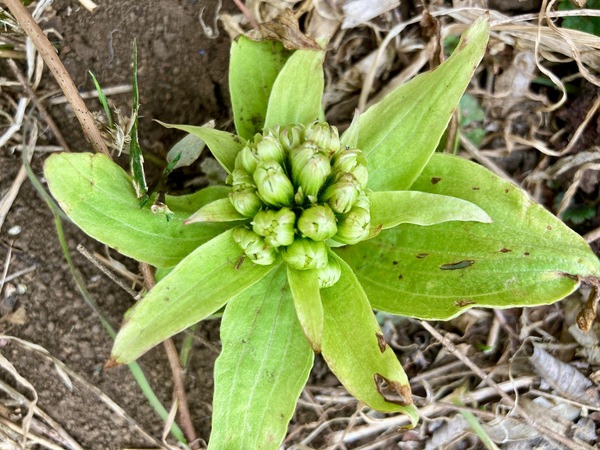
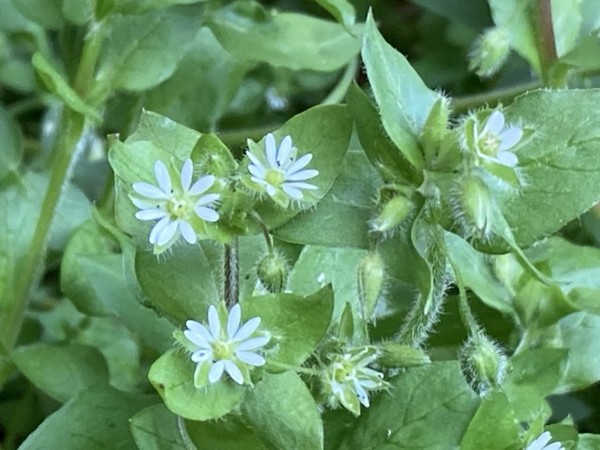
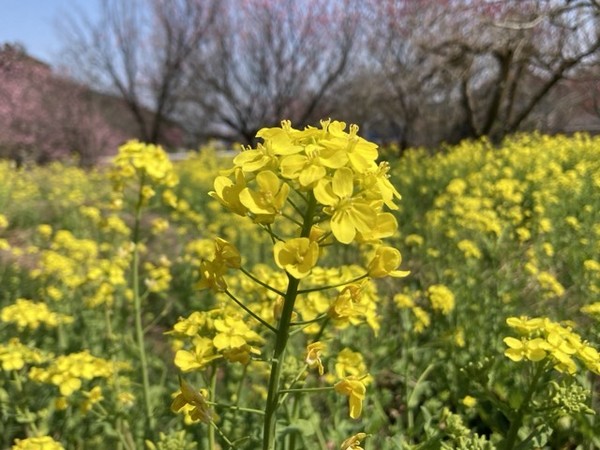
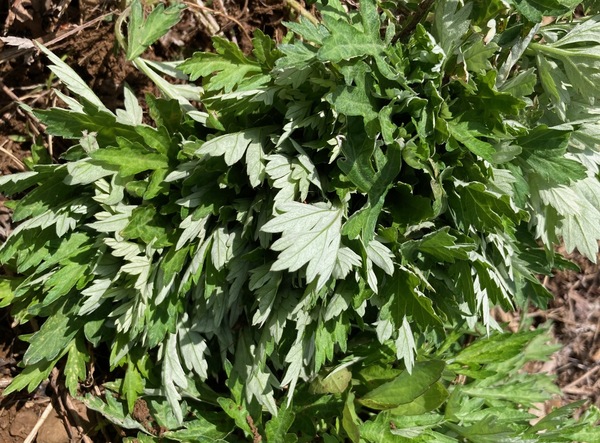
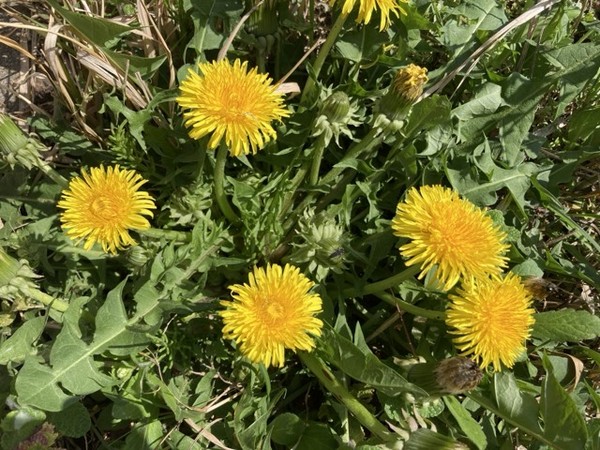
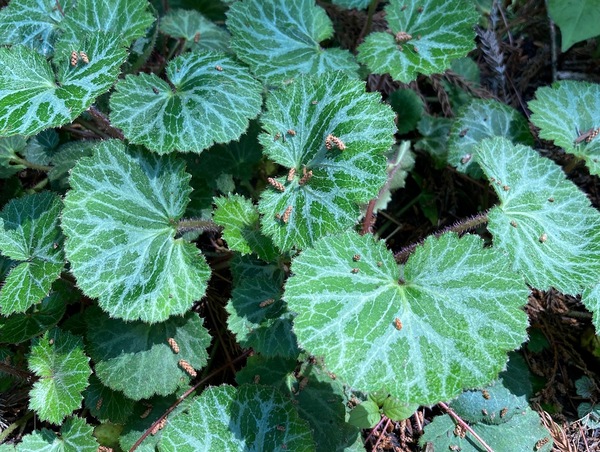
_00001-04f5e.jpg)
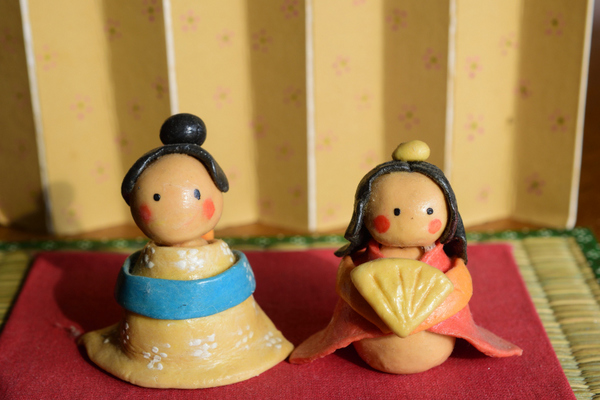
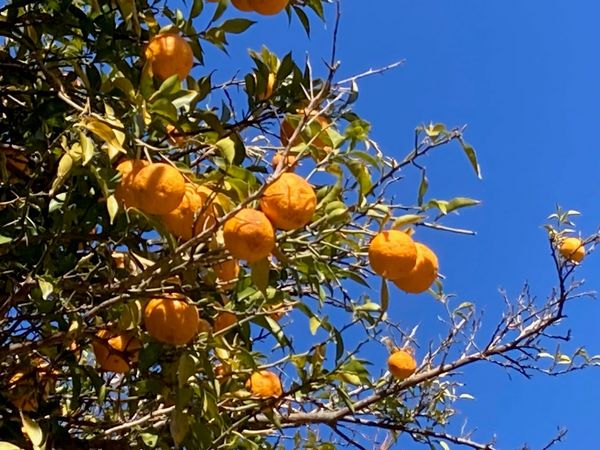
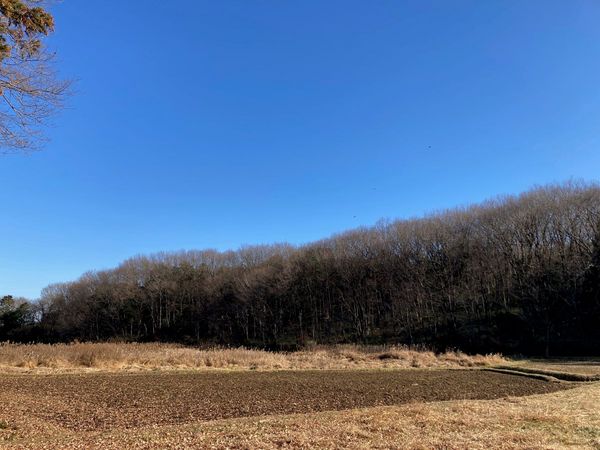

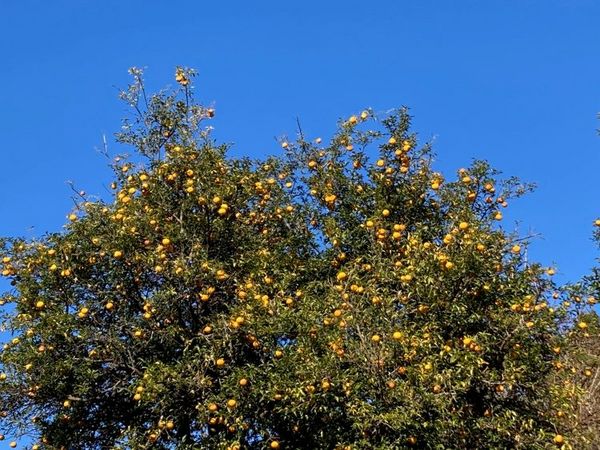

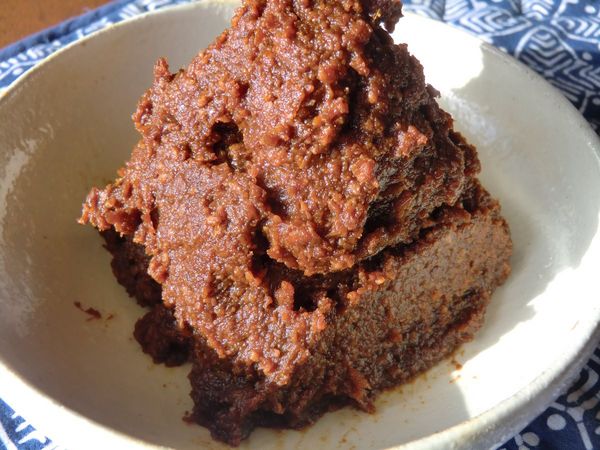
_00001-1cccb.jpg)
_00001_01.jpg)

-9bf33.jpg)
2075020x20562-a7668.jpg)
_00001-08a33.jpg)
-6a8d4.jpg)




